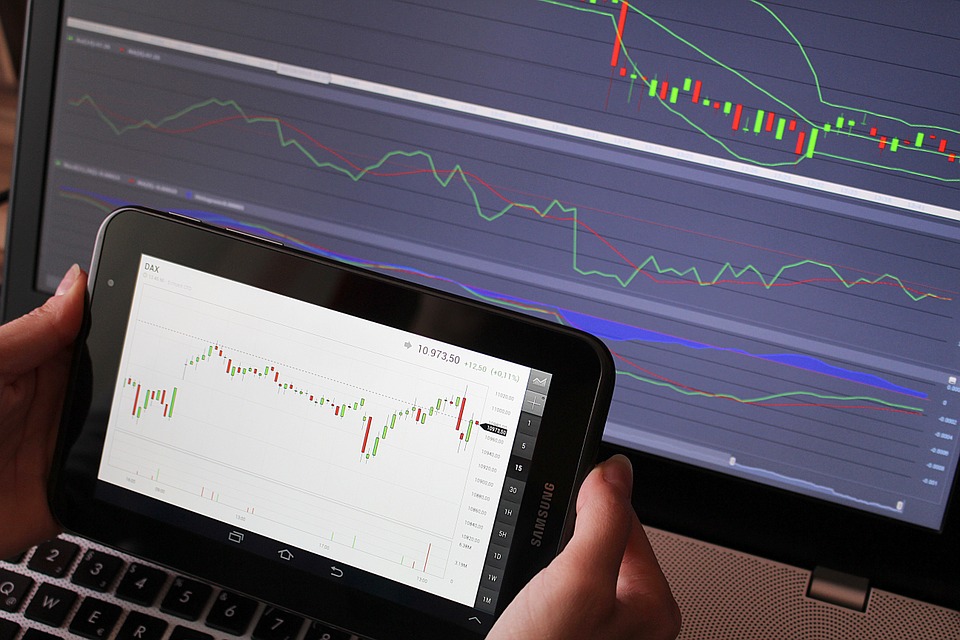One of the commonly used analysis methods in the forex market is the Fibonacci analysis. This method is widely used because it can be applied to a wide range of situations. It is both great for short-term and long-term positions. The method came about after Leonardo de Pisa, a 12th-century mathematician, discovered that there was a numerical sequence that appears in nature. The mathematician did not apply his discoveries in actual real life situations, but his discovery is now widely used in various analytical fields.
The basic structure of the method lies I the Fibonacci numbers. When used in forex, the .386, .50 and .618 numbers are very common. They are the primary numbers that show Fibonacci retracement. There is also the .214 and .786 which are also secondary to the primary numbers. Technical analysis has a great use for these numbers and forex trends in charts feature the use of the numbers greatly. Fibonacci analysis is roughly made up of two kinds; historical analysis and trade preparation. We will look at each.
Historical Analysis
The historical analysis method focuses on long-term trend analysis. Traders who use this method rely on reading and analyzing the harmonic levels that result in a long-term trend. The price levels that result in identifiable trends in the long-run are a great source of data for all kinds of analysis. While it is imperative to use both short-term and long-term analysis, it is only the long-term data that acts as the fundamental basis of analysis. Traders in the forex market are specifically at an advantage when using historical analysis because it gives them foresight into the future.
When analyzing currency pairs, the historical analysis is done by looking at different time periods. A grid is placed across the chart and it shows the areas where the signals are bullish or bearish. This kind of analysis is only needed once and the data is utilized for a long period of time. While it gives a lot of information about the market by itself, the historical analysis also relies a lot on the short-term analysis. It is for this reason that trade preparation is often used hand in hand with the long-term historical analysis method.
Trade Preparation
As for trade preparation, the focus of the Fibonacci grids is on the short-term price action. This strategy is great because it provides a clear indication of the points of entry and exit. This is done by tracing the largest trend on the daily chart. Where there are harmonic levels converging, it can be possible to access crucial numbers that help traders identify trading points. Trade preparation is widely used by day traders as it is more effective in subdividing different time charts into daily trading points. For this method to work, the single grid is placed on the largest trend on the daily chart. The grid is then stretched across the major highs and lows, especially when looking for start and end points.
Fibonacci and other trading indicators
When it comes to the interaction with other trading indicators, the Fibonacci is capable of working greatly with moving averages, trendlines, and other elements. The identification of the points when profitability can be achieved is not always done using a single analysis method. Since Fibonacci allows for easy identification of entry and exit points, however, the focus of traders is usually on incorporating other elements of the market when they use additional analysis methods. To give an example, when the grid lines on the daily chart show the primary retracement levels, it is possible to deduce the positions of trade using a moving average bar. In overall, it is much easier to establish exit points when retracement levels are easily determined.
In Summary
Both the long-term and short-term Fibonacci strategies are crucial for trade analysis. This is because they are complementary to each other and also to other forms of analytical methods. The long-term Fibonacci grids are great when observing the price action near common retracement levels. The short-term grids, on the other hand, are perfect for identifying the prices of the entry and exit points. When other indicators are added to the Fibonacci grids, it is possible to get a bigger range of odds.

